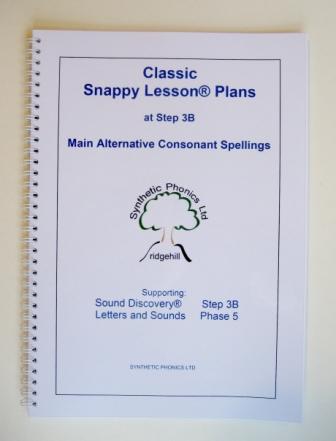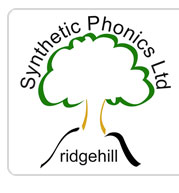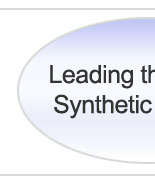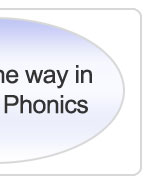
|
 |
 |
 |
|
Classic Snappy Lesson Plans at Step 3B. |
Main Alternative Consonant Spellings. |
 |
 |
 |
|
Overview:
Invaluable for busy teachers, these 26 prepared Snappy Lesson plans support the teaching of Step 3B of the Sound Discovery programme. Suitable for first time teaching and for intervention.
View Page Sample
Details:
The Snappy Lesson is a teaching structure unique to Sound Discovery. It was designed to incorporate all the phonic skills shown by research to be essential for acquiring literacy.
With clear learning objectives and instructions, each Snappy Lesson Plan supports spelling and writing as well as reading at sound, word and sentence levels.
Teachers and Teaching Assistants can use these plans for whole class teaching, for small group teaching and for one-to-one tuition.
Classic Snappy Lesson® plans use the same lesson structure as the Big Books of Snappy Lesson plans for Steps 1 and 2 of the programme. The Classic Snappy Lesson® plans teach one spelling pattern at a time.
Once all the spelling alternatives for each sound have been taught, further practice can be given using column sort activities as detailed in the Big Book of Snappy Lesson® Plans at Step 3B.
This book, the Classic Book of Snappy Lesson Plans at Step 3B, covers each of the main alternative spellings for 7 consonants at the following sub-steps:
Step 3B.1 Main alternative consonant spellings for /c/:
c, k, ck, ch
Step 3B.2 Main alternative consonant spellings for /j/:
j, g(e), g(i), g(y), ge, dge
Step 3B.3 Main alternative consonant spellings for /ch/:
ch, tch
Step 3B.4 Main alternative consonant spelling for /ng+k/:
nk
Step 3B.5 Main alternative consonant spellings for /s/:
s, ss, c(e), c(i), c(y), ce, se
Step 3B.6 Main alternative consonant spellings for /w/:
w, wh
Step 3B.7 Main alternative consonant spellings for /f/:
f, ff, ph, gh
This book can also support teaching at Phase 5 of the Letters and Sounds programme.
There is general agreement amongst Sound Discovery users that one of its greatest strengths is the Snappy Lesson teaching structure.
|
|
 |
 |
 |
|
|
 |
 |
 |
 |
 |
 |
|


 Validated 2022
Validated 2022
